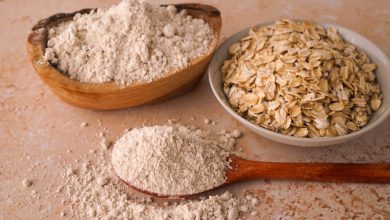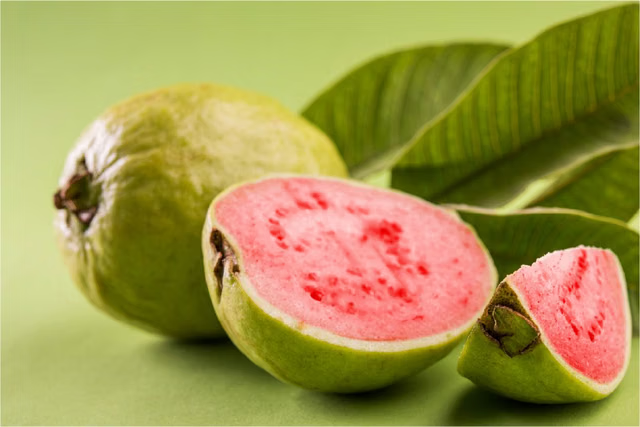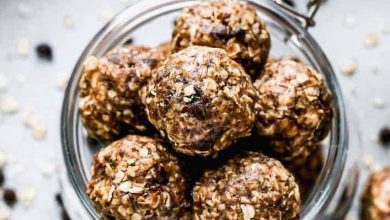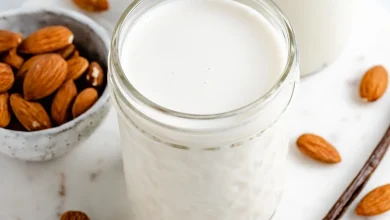Silk Fish: A Nutritional Overview
Silk fish is a high-protein, low-fat seafood option, providing essential nutrients while being light and versatile for various dishes. It’s particularly valued for its clean taste and firm texture, making it an excellent choice for health-conscious individuals and seafood lovers alike. Below, you’ll find a breakdown of the nutritional content of silk fish, showcasing its impressive health benefits and suitability for diverse diets.
Nutritional Information
| Nutrient | Amount per 100g |
|---|---|
| Energy | 97.5 kcal |
| Protein | 20.65 g |
| Total Fat | 1.53 g |
| Saturated Fat | 0.497 g |
| Carbohydrates | 0.0 g |
| Fiber | 0.0 g |
| Sugar | 0.0 g |
| Calcium | 10.46 mg |
| Iron | 0.3 mg |
| Magnesium | 27.13 mg |
| Phosphorus | 211.0 mg |
| Potassium | 440.0 mg |
| Sodium | 41.57 mg |
| Zinc | 0.34 mg |
| Copper | 0.02 mcg |
| Manganese | 0.01 mg |
| Selenium | 16.59 mcg |
| Vitamin C | 0.0 mg |
| Thiamin (B1) | 0.03 mg |
| Riboflavin (B2) | 0.04 mg |
| Niacin (B3) | 2.24 mg |
| Vitamin B6 | 169.0 mcg |
| Folate (B9) | 802.0 mcg |
| Vitamin B12 | 0.0 mcg |
| Vitamin A | 0.0 mcg |
| Vitamin E | 0.6 mg |
| Vitamin D2 | 0.0 mcg |
Health Benefits of Silk Fish
Silk fish is a stellar source of lean protein, making it a great option for muscle repair and growth, while maintaining a low fat profile. It provides a good amount of essential minerals like phosphorus, potassium, and magnesium, which are crucial for bone health, nerve function, and energy production. With a low sodium content, it’s an excellent choice for those looking to manage their blood pressure levels.
While it’s not a significant source of Vitamin C, silk fish compensates with a rich array of B vitamins. It provides notable amounts of Niacin (B3), Vitamin B6, and Folate, which support metabolism, cognitive function, and red blood cell production. These qualities make silk fish a wholesome addition to your diet, particularly for those following high-protein, low-carbohydrate, or heart-healthy eating plans.
Allergen Information
Silk fish, like all fish, is classified as a potential allergen for individuals with a seafood or fish allergy. Those who are sensitive to fish proteins should avoid this product. Always check with your healthcare provider before introducing new foods into your diet, especially if you have known food allergies.
Dietary Preferences
- High in Protein: Silk fish is an excellent option for those following high-protein diets, such as bodybuilders, athletes, or anyone seeking to support muscle health.
- Low-Carb & Keto-Friendly: With zero carbohydrates, it’s an ideal ingredient for those following low-carb or ketogenic diets.
- Gluten-Free: Silk fish naturally contains no gluten, making it suitable for individuals with gluten sensitivities or those following a gluten-free lifestyle.
- Low in Saturated Fat: Silk fish has minimal saturated fat, making it an excellent choice for heart-healthy diets.
Cooking Tips & Advice
When preparing silk fish, consider grilling, steaming, or baking to retain its tender texture and rich flavor. It pairs beautifully with light sauces, fresh herbs, and vegetables. Whether you’re crafting a seafood salad, a light stir-fry, or simply grilling it with a squeeze of lemon, silk fish’s delicate taste and health benefits make it a versatile addition to your meal rotation.
For a balanced dish, pair silk fish with fiber-rich vegetables or a hearty whole grain to complement its lean protein content. Consider adding a drizzle of olive oil for a healthy dose of monounsaturated fats.
Conclusion
Silk fish is an incredibly nutritious and versatile option for those seeking a low-fat, high-protein food. With its abundance of vitamins, minerals, and essential nutrients, it serves as a perfect addition to a healthy, balanced diet. Whether you’re preparing a quick meal or a gourmet seafood dish, silk fish offers both flavor and nutritional value that’s hard to beat.










